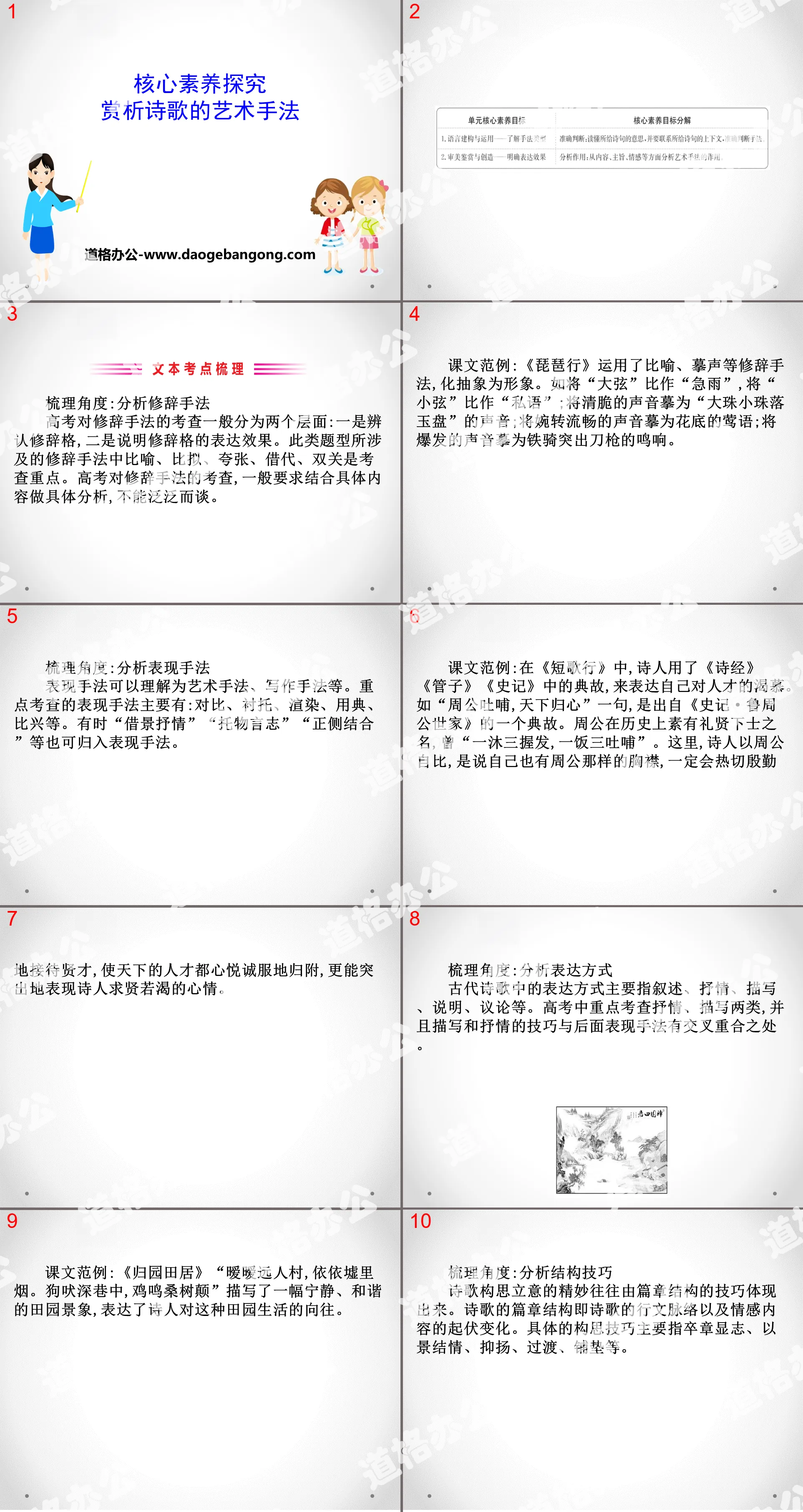The second volume of first-grade Chinese compiled by the People's Education Publishing House
The second volume of fifth-grade Chinese compiled by the People's Education Publishing House
The first volume of Chinese language for eighth grade compiled by the People's Education Publishing House
The first volume of first-grade Chinese compiled by the People's Education Publishing House
The first volume of ninth-grade Chinese compiled by the People's Education Publishing House
The first volume of fourth-grade Chinese compiled by the People's Education Publishing House
The first volume of Chinese language for sixth grade compiled by the People's Education Publishing House
The first volume of second-grade Chinese compiled by the People's Education Publishing House
The first volume of Chinese language for fifth grade compiled by the People's Education Publishing House
The second volume of Chinese language for eighth grade compiled by the People's Education Publishing House
Hunan Education Edition Third Grade Chinese Language Volume 1
The second volume of seventh-grade Chinese compiled by the People's Education Publishing House
The second volume of second-grade Chinese compiled by the People's Education Publishing House
The second volume of fourth-grade Chinese compiled by the People's Education Publishing House
The first volume of third-grade Chinese compiled by the People's Education Publishing House
The second volume of Chinese language for sixth grade compiled by the People's Education Publishing House

| Category | Format | Size |
|---|---|---|
| People's Education Press High School Chinese Compulsory Course 1 | pptx | 6 MB |
Description
"Artistic Techniques of Appreciating Poetry" Core Competencies Research PPT
The first part of the content: sorting out the text test points
Sorting out the angle: analyzing rhetorical techniques
The examination of rhetorical techniques in the college entrance examination is generally divided into two levels: one is to identify the figures of speech, and the other is to explain the expression effect of the figures of speech. Among the rhetorical techniques involved in this type of questions, metaphor, comparison, exaggeration, metonymy, and pun are the focus of examination. The examination of rhetorical techniques in the college entrance examination generally requires specific analysis based on specific content and cannot be discussed in general terms.
Text example: "Pipa Xing" uses metaphors, imitation and other rhetorical techniques to turn abstraction into images. For example, the "big string" is compared to "rapid rain", and the "small string" is compared to "whispering"; the crisp sound is compared to the sound of "big beads and small beads falling on the jade plate"; the gentle and smooth sound is described as flowers. The warblers whisper at the bottom; the erupting sound is imitated as the sound of the cavalry's protruding swords and guns.
Sorting out the perspective: analyzing expression techniques
Expression techniques can be understood as artistic techniques, writing techniques, etc. The key expression techniques to be examined mainly include: contrast, foil, rendering, allusion, comparison, etc. Sometimes "borrowing scenes to express emotions", "supporting objects to express aspirations", "combination of positive and negative aspects", etc. can also be classified as expression techniques.
Text example: In "Dan Ge Xing", the poet uses allusions from "The Book of Songs", "Guanzi" and "Historical Records" to express his desire for talents.
For example, the sentence "The Duke of Zhou spits out food and the world returns to its heart" is an allusion from "Historical Records: The Family of Duke Zhou of Lu". In history, Duke Zhou was known as a courteous and virtuous gentleman. He once "washed his hair three times and vomited food three times after one meal." Here, the poet compares himself with the Duke of Zhou, saying that he also has the mind of the Duke of Zhou, and he will definitely receive the talented people eagerly and diligently, so that all the talented people in the world will be convinced to join him, which can more prominently express the poet's thirst for talents.
Sorting out the perspective: Analyzing expressions
The expression methods in ancient poetry mainly refer to narrative, lyricism, description, explanation, discussion, etc. The college entrance examination focuses on two categories: lyricism and description, and the techniques of description and lyricism overlap with the later expression techniques.
Text example: "Returning to the Garden and Living in the Fields" "The distant village is warm, and the smoke is in the ruins. The dog barks in the deep alley, and the cock crows on the top of the mulberry tree." It describes a peaceful and harmonious pastoral scene, expressing the poet's love for this pastoral life. yearning.
PPT on the artistic techniques of appreciating poetry, part 2: Research on college entrance examination literacy
【Study on Examples】
(2017·Tianjin Volume) Read the following Song poem and answer as required. (8 points)
Taihu Tianting
[Song]Wang Anshi
The sill is surrounded by green shade on the stream, and the stream banks are high and low in green.
When the sun sets on the broken bridge, people are independent, while the trees and birds in the water culvert depend on each other.
When you are traveling in the clear, you will feel your mind is not tired. When you are in silence, you will know that the world is full of opportunities.
Even more late at night, we migrated together and leaned against the "note", and the autumn wind slanted the moon to return from fishing in the boat.
[Note] Miyi: wandering, lingering.
【Reading Normal University】
1. Language construction and application - understanding the types of techniques
The "last couplet" in the stem of question 3 clarifies the answer area, "a variety of artistic techniques". "Artistic techniques" is a broader concept, which mainly includes four major aspects: expression, expression techniques, rhetorical techniques, and structural techniques.
2. Aesthetic appreciation and creation - clearly express the effect
The poem writes about the scene at "sunset", and the last couplet writes about the scenery when "it's late at night". This is virtual writing, expressing a quiet artistic conception; at the same time, the last couplet still describes the scenery, and the technique is to use scenery. The blend of love and scenes expresses the poet's leisurely mood in the description of the scenery, which is meaningful.
[Practice for real questions]
1. What kind of picture does the second couplet depict? (2 points) (Aesthetic appreciation of the image of poetry)
answer:___________________________________________
[Analysis] To answer this question, on the basis of understanding the meaning of the poem, find out the images in the second couplet such as "sunset", "broken bridge", "people", "water", "secluded trees", "birds", etc., and analyze them Use words to describe or modify these images, and then describe the content of the picture.
Answer: A tranquil picture of people and scenery blending together: the sun sets beside the broken bridge, the shadows of the trees are reflected in the water, the birds cling to each other on the branches, and the poet enjoys the beautiful scenery alone.
2. Briefly analyze the poet’s mood expressed in the third couplet. (3 points) (Aesthetic Appreciation: Analysis of the Poet’s Emotions)
answer:___________________________________________
[Analysis] To answer this question, you need to understand the meaning of the poem and analyze the words that can express the poet's emotions. Such as "clear travel", "quiet place", "no tired mind", "the world is organic", etc.
Answer: It is precisely because he can "journey" and "quietly" and enjoy the quiet and beautiful scenery that the poet can let go of the worldly things around him and feel free from worries. It expresses the poet's leisurely mood of staying away from other things and forgetting about the world.
Keywords: PPT courseware for high school Chinese compulsory course No. 1 of the People's Education Press can be downloaded for free, artistic techniques for appreciating poetry can be downloaded, core literacy exploration PPT can be downloaded, .PPT format;
For more information about the PPT courseware "Core Competencies Exploring the Artistic Techniques of Appreciating Poetry", please click the Core Competencies Exploration PPT Art Techniques of Appreciating Poetry ppt tag.
"Analysis of the Ideological Content and Artistic Characteristics of Classical Chinese" Core Competencies Exploration PPT:
"Analysis of the Ideological Content and Artistic Characteristics of Classical Chinese" Core Competencies Exploration PPT Part One: Combination of text test points. Combination angle: analysis of characters and their deeds. College entrance examination classical Chinese test questions generally choose biographies as reading materials. The heart of biography is character. figure..
"Appreciating the Language Characteristics and Artistic Techniques of Prose" Core Competencies Research PPT:
"Appreciating the Linguistic Characteristics and Artistic Techniques of Prose" Core Competence Exploration PPT Part One: Combining Text Test Points Sorting Perspective: Analyzing the Linguistic Characteristics of Prose In general, the linguistic characteristics of prose are clean and natural in prose. The language of prose is simple and spontaneous..
"Analyzing the Structural Characteristics and Argumentation Methods of Argumentative Texts" Core Competencies Research PPT:
"Analyzing the Structural Characteristics and Argumentation Methods of Argumentative Texts" Core Competencies Exploration PPT Part One Content: Sorting out the text test points and sorting out the perspective: Analyzing the structural characteristics of argumentative texts The basic structure of argumentative texts is the introduction (proposing questions or arguments), the main content On (Analytical Questions..
File Info
Update Time: 2024-10-31
This template belongs to Chinese courseware People's Education Press High School Chinese Compulsory Course 1 industry PPT template
"Artistic Techniques of Appreciating Poetry" Core Competencies Research PPT Simple campus recruitment activity planning plan summary enterprise and institution recruitment publicity lecture PPT template is a general PPT template for business post competition provided by the manuscript PPT, simple campus recruitment activity planning plan summary enterprise and institution recruitment promotion Lecture PPT template, you can edit and modify the text and pictures in the source file by downloading the source file. If you want more exquisite business PPT templates, you can come to grid resource. Doug resource PPT, massive PPT template slide material download, we only make high-quality PPT templates!
Tips: If you open the template and feel that it is not suitable for all your needs, you can search for related content "Artistic Techniques of Appreciating Poetry" Core Competencies Research PPT is enough.
How to use the Windows system template
Directly decompress the file and use it with office or wps
How to use the Mac system template
Directly decompress the file and use it Office or wps can be used
Related reading
For more detailed PPT-related tutorials and font tutorials, you can view: Click to see
How to create a high-quality technological sense PPT? 4 ways to share the bottom of the box
Notice
Do not download in WeChat, Zhihu, QQ, built-in browsers, please use mobile browsers to download! If you are a mobile phone user, please download it on your computer!
1. The manuscript PPT is only for study and reference, please delete it 24 hours after downloading.
2. If the resource involves your legitimate rights and interests, delete it immediately.
3. Contact information: service@daogebangong.com
"Artistic Techniques of Appreciating Poetry" Core Competencies Research PPT, due to usage restrictions, it is only for personal study and reference use. For commercial use, please go to the relevant official website for authorization.
(Personal non-commercial use refers to the use of this font to complete the display of personal works, including but not limited to the design of personal papers, resumes, etc.)
Preview










